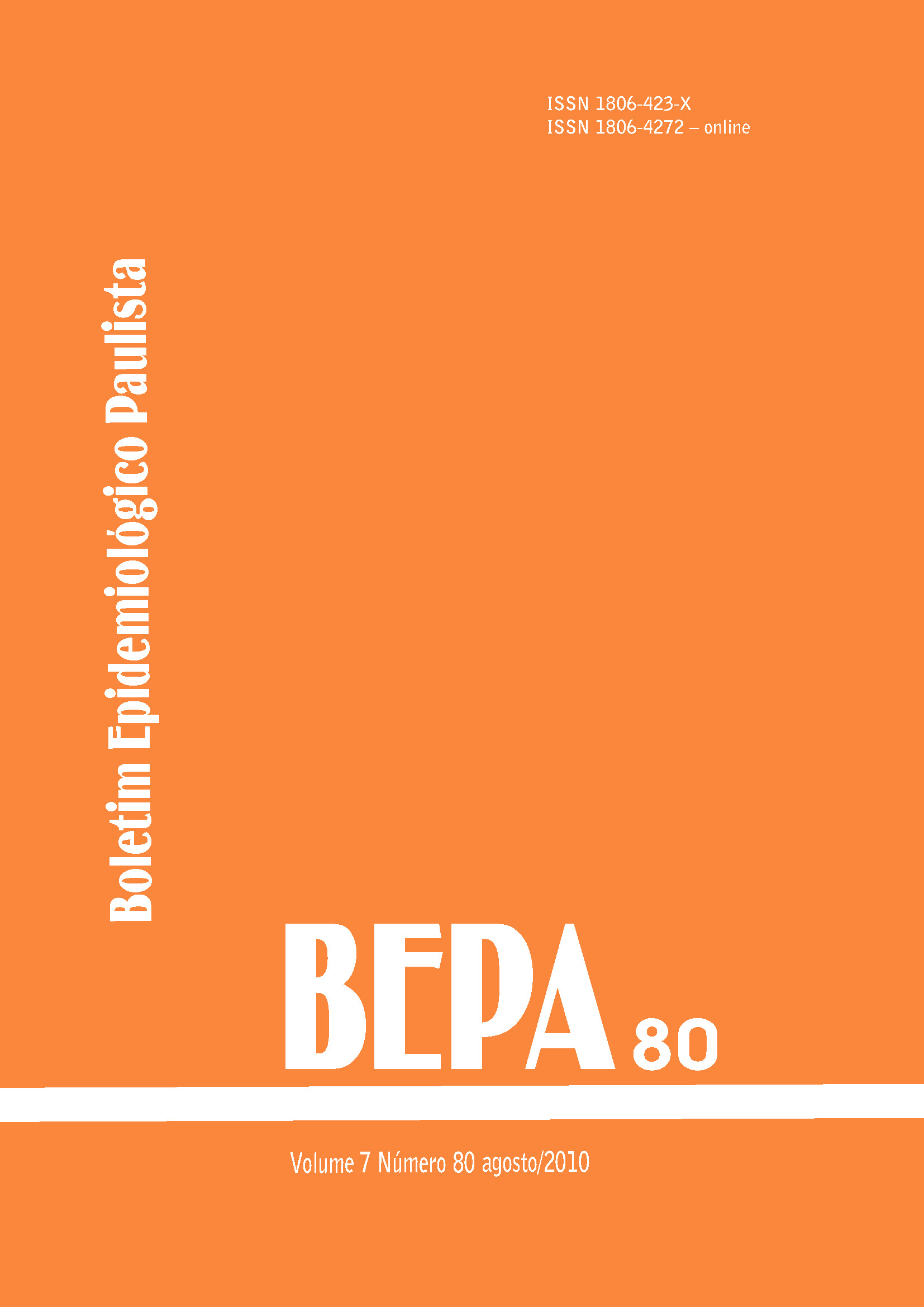Abstract
The objective of this paper is to all attention to the strategy of covering water reservoirs for human consumption as a means to achieve Aedes aegypti control. During control activities carried out between 2004 and 2008, observation focused on methods of installation and maintenance of the meshes used in the covered of the reservoirs were observed, as well as the presence of Aedes aegypti larvae. The majority of the meshes on the water reservoirs were in direct contact with water, with brittle and dried appearance due to weathering. In both situations, the water reservoirs (77.5%) contained a high number of immature Aedes aegypti. The condition of breeding places in human habitations and the use of meshes require constant preventive practices from the population to reduce the contribution of breeding places to produce the vector Aedes aegypti. We highlight the need for greater attention to the way of placement, durability, type of fabric and the participation of the population.
References
por vírus no Brasil. Rev Soc Bras Med Trop. 2006;39(2):203-10.
Marques GRAM, Brito M, Serpa LLN, Gomes AHA, Pereira M. Programa de controle de Aedes aegypti no Estado de São Paulo. Bepa. 2006;3 (1 suppl):36-9.
Forattini OP, Brito M. Reservatórios Figueiredo LTM. Febres hemorrágicas domiciliares de água e controle do Aedes aegypti. Rev Saúde Pública. 2003;37(5):676-7.
Schall VT, Barros HS, Jardim JB, Secundino NFC, Pimenta PFP. Dengue prevention at the household level: preliminary evaluation of a mesh cover flowerpot saucers. Rev de Saúde Pública. 2009;43(5):895-7.
Kubota RL, Brito M, Voltolini JC. Método de varredura para exame de criadouros de vetores de dengue e febre amarela urbana. Rev Saúde Pública. 2003;37(2):263-5.
Fundação Nacional de Saúde - Funasa. Programa Nacional de Controle da Dengue – PNCD. Ações de Saneamento Ambiental. Brasília; 2002.
Lenzi MF, Camillo-Coura L, Grault CE, Barros do Val M. Estudo do dengue em área urbana favelizada do Rio de Janeiro: considerações iniciais. Cad Saúde Pública. 2000;16(3):651-6.
Forattini OP, Marques GRAM. Nota sobre o encontro de Aedes aegypti em bromélias. Rev Saúde Pública. 2000;34(5):543-4.
Brito M, Forattini OP. Produtividade de criadouros de Aedes albopictus no Vale do Paraíba, SP, Brasil. Rev Saúde Pública. 2004;38(2):209-15.
Madeira NG, Macharelli CA, Carvalho LR. Variation of the oviposition preferences of Aedes aegypti in function of substratum and humidity. Mem Inst Oswaldo Cruz. 2002;97(3):415-20.

This work is licensed under a Creative Commons Attribution 4.0 International License.
Copyright (c) 2010 Lígia Leandro Nunes Serpa, Marylene de Brito Arduino, Gisela Rita Alvarenga Monteiro Marques, Daniel Garkauskas Ramos
